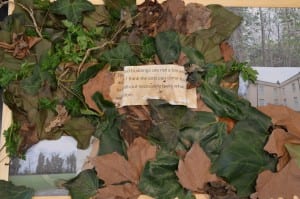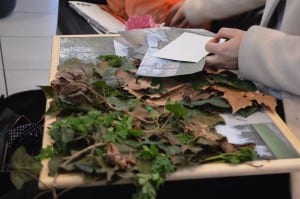Last Tuesday’s session, we decided as a group to go to the Lincolnshire Archive to discover more about the Beechy Boys letters to their mother, Amy Beechy. During the visit, we looked through some of the letters which the archive had saved on a selection of discs that we then put into the computer. I found this visit particularly interesting as we not only found out more about the letters, we also found out about the use of censorship during the war. The army used post cards which told the soldiers what they could and couldn’t write, they also had to cross out anything that the soldiers had written that they didn’t want people to know. I couldn’t believe how secretive it all was, as I had never heard of them being limited to what they could and couldn’t write. We also read the telegram that Amy Beechy received when her son Barnard died. It must have felt awful of course, but even more so that when she opened the envelope and saw that the writing was typed and not written in her sons handwriting, it must have broke her heart even more, because she had an idea of what she was about to read.
Last Friday we went to our site with Karen. We figured out what we could work on, to make our ideas more solid and suitable. We tested out different actions to see how we could make them relate to our performance, and explained our thoughts to Karen. An example of our actions was the ‘wave goodbye’, we want this to show that the journey can continue to the next point. We also used the used repetition with our actions in the classroom part of our piece. I felt that this lesson was really helpful as it helped us get back on track with our process and gave us more ideas to think about. It was also a positive for us to have the opinion of another person and to see it from their point of view.
This week we hope to work on our audio using audacity, and see if our audio works with our site.

